Fashion designers are responsible for creating new designs, they put their ideas on fabric, creating new garments. If the design is loved by the public then it makes a trend in the market. Fashion designing is considered to be one of the highest paid industries among all the other industries.
To become successful in the fashion industry you need to have complete knowledge about textile designing, this will give you an upper hand in selecting the fabric for making the garment. There are many things to keep in mind before selecting a fabric to design your garment. For that you can join various institutes of Fashion Designing and learn from experts.
Here is a list of things you need to know about fabrics before starting your professional journey:
Table of Contents
Fashion Design: Bleeding and Crocking
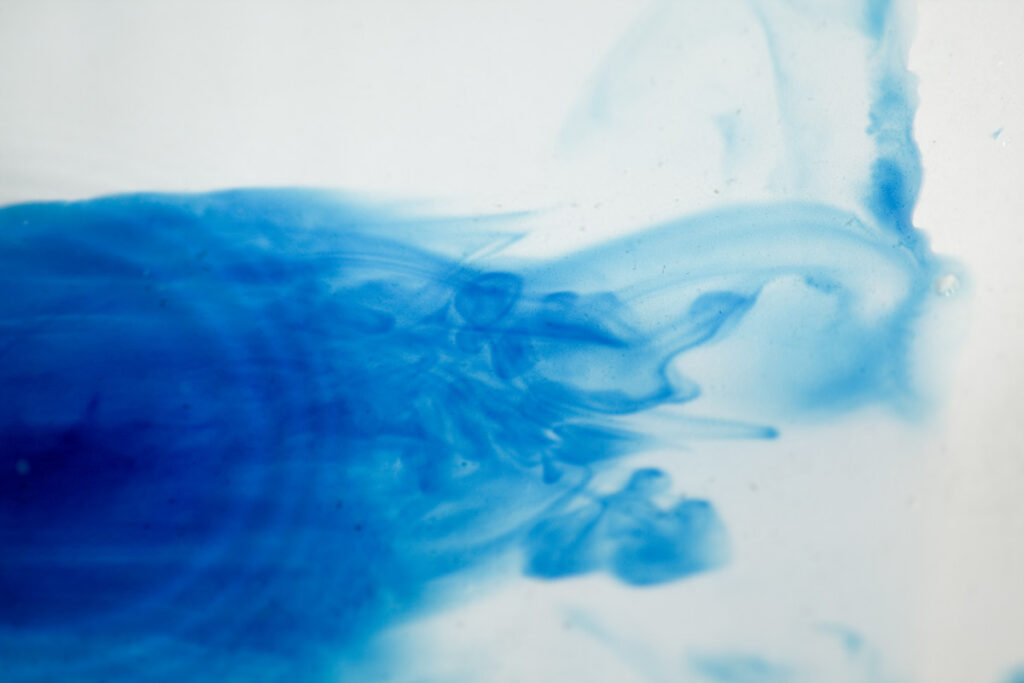
(source of image: google)
Everyone sees the style, colour and fit of the dress they buy, they think that the clothes they get must be trendy and comfortable. That is true, but there are other things you should keep in mind while buying a dress. That is the quality of fabric, nothing is worse than getting one in a perfect colour and fit you always wanted, just to watch it loose colour after washing. Elders suggest we wash the white and dark garments separately, do you know why? It is because dark colour dresses lose their colour which can stain the white clothes if washed together. This loss of colour is known as bleeding. Not only while washing, there are few fabrics which lose colour even when rubbed together with other dry fabric and this is known as crocking.
Fashion Design: Colour Fastness
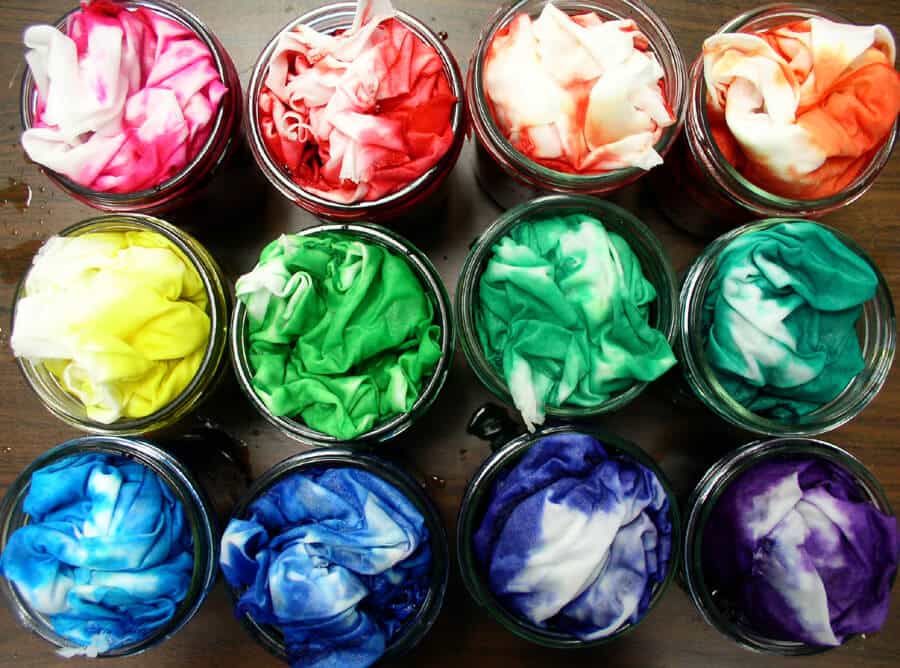
(source of image: google)
Colour Fastness is simply the fade resistance offered by the fabric, the clothes which have a strong bond between the fabrics and dye. The garments which have high colour fastness are considered the best because it will hold the colour for a long time. These fabrics are good for daily use as, even after being used roughly they will still hold the colour for a long time without losing colour.
Fashion Design: Dye
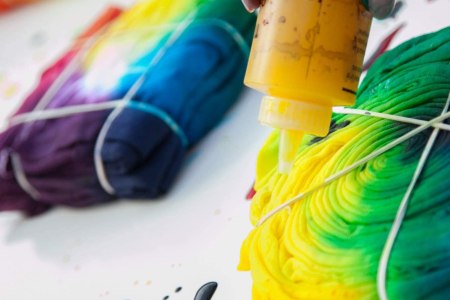
(source of image: google)
These are the coloured substances which are chemically bonded to the substract that is being applied. Dye is generally mixed in water then the fabric is dipped in the solution to colour the fabric. A mordant is mixed with the dye to improve the fastness of the dye on the fabric. They can be derived from natural sources, like plants, bugs and other resources. There different classes of dye available which are used for different fabrics.
Also Read: FASHION DESIGN- 6 POPULAR DYEING AND PRINTING TECHNIQUES FROM INDIA
Fashion Design: Direct Dye

(source of image: google)
It is a class of dye that is applied directly to cotton or other fabrics such as silk, rayon and wool. Direct dyes are applied in hot and cold water, they do not require any mordant for fastness, instead, they attach with hydrogen bonds.
Fashion Design: Disperse Dye

(source of image: google)
It is a category of synthetic dye, these dyes are used to colour fabrics which are hydrophobic fibers like polyester. These dyes are polar molecules which contain anthraquinoid group’s molecules. They are nonionic dyes which are used for synthetic yarns, these dyes use organic chemicals which are insoluble in water and rely on additional dispersing agents to spread the colour in water.
Fashion Design: Reactive Dye

(source of image: google)
This is the other form of dye which makes the covalent bond with fibers, this bond becomes an integral part of fiber. These dyes are mostly used to colour natural fiber like cotton. Other than natural fibers like silk, wool, cotton and other natural fibers, it can be used for acetate fibers that can be dyed using reactive dyes. This method is mostly used to colour fibers permanently.
Also Read: SIGNIFICANCE OF DYEING & PRINTING IN FASHION DESIGNING
Fashion Design: Dye Fixation

(source of image: google)
The total initial mass of the dye is divided by the total mass of dye used in the fiber. You have to reach the equilibrium to let the dye remain in water, which then results in waste water. The amount of dye or exhaustion ratio depends on the quality of dye used and the fabric to be dyed.
Fashion Design: Leveling Agent
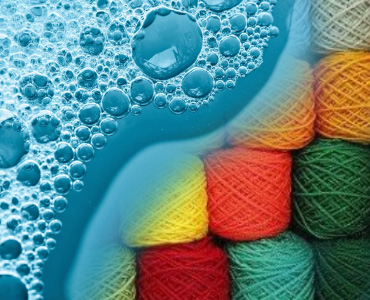
(source of image: google)
These agents are used to regulate or slow down the process of dyeing. This slows down the uptake of dye onto the synthetic fibers, this ensures that the colour taken up by the fabric is uniform. If not there may be bulk of colours left out at some parts of the fabric. Leveling agents are used to increase the solubility of the dye and slow down the process of absorption. You can join a Fashion Design institute and learn more about this from professionals.
Fashion Design: Pigment
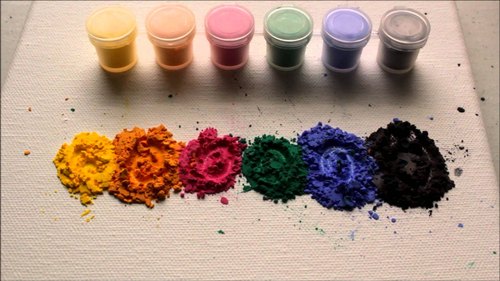
(source of image: google)
Pigments are added by the insoluble materials which are generally in powder form. The add colour to dye used for the fabric. But these agents use binder or other additives to connect the fiber with the agent. Pigment can be derived from materials but can be made from synthetic material. As they add an additional tile as they are not soluble in water.
Join Hamstech Fashion Design institute and get a chance to learn from 4-time national award-winning designer, Neeta Lulla.
With an experience of over 28 years, it is known as one of the best Fashion Design colleges in India. So, enrol now and start your journey of your dreams with us!

